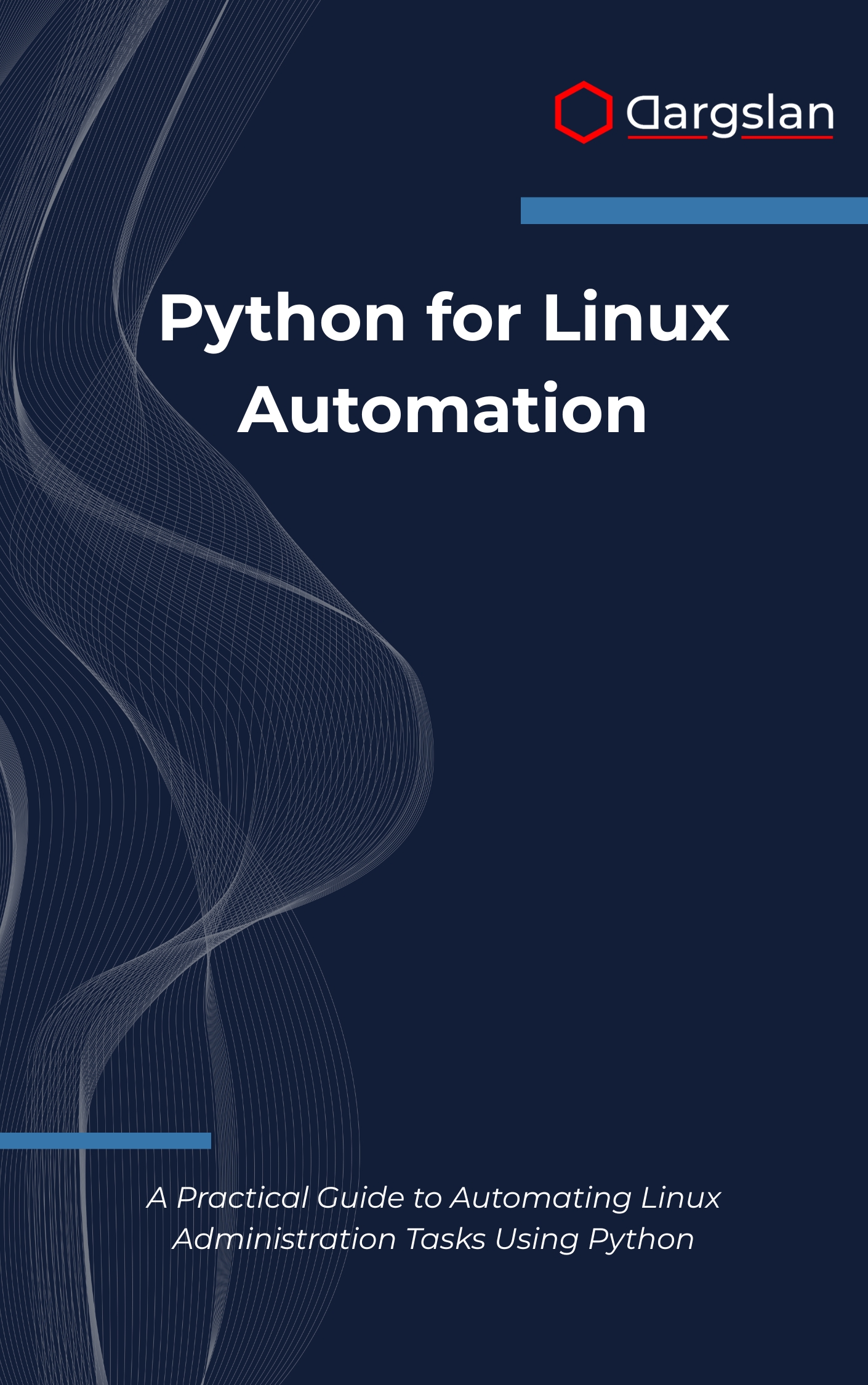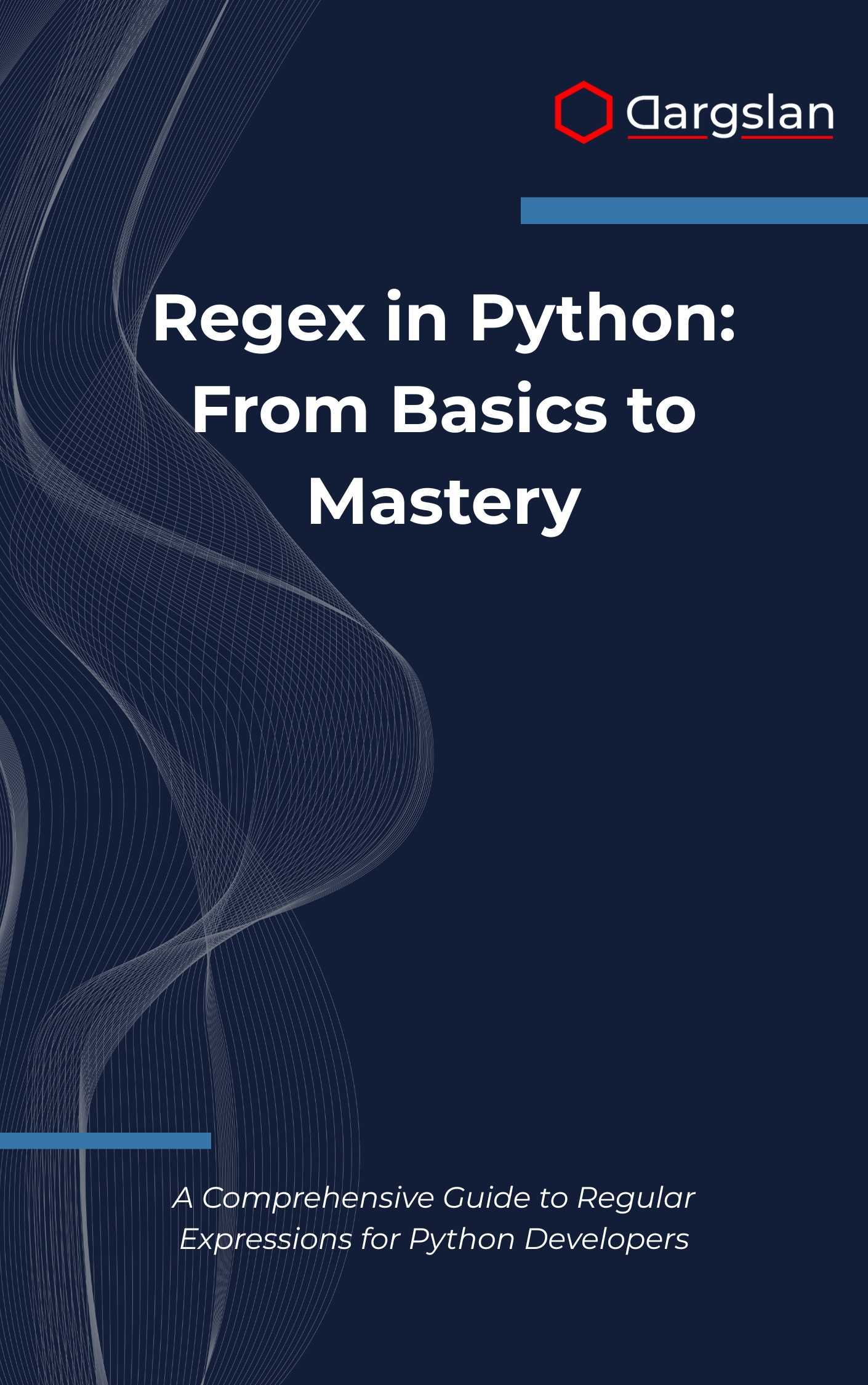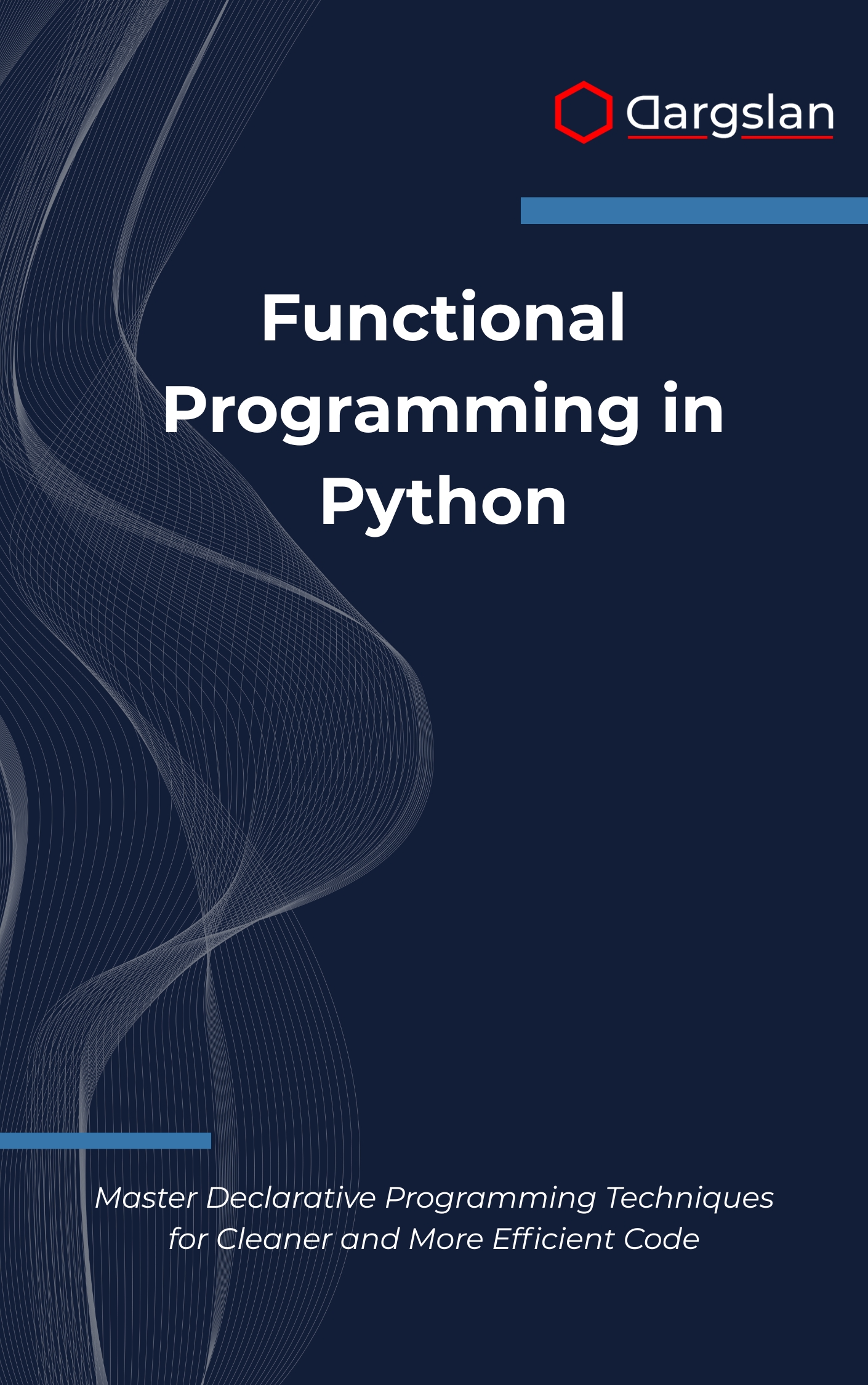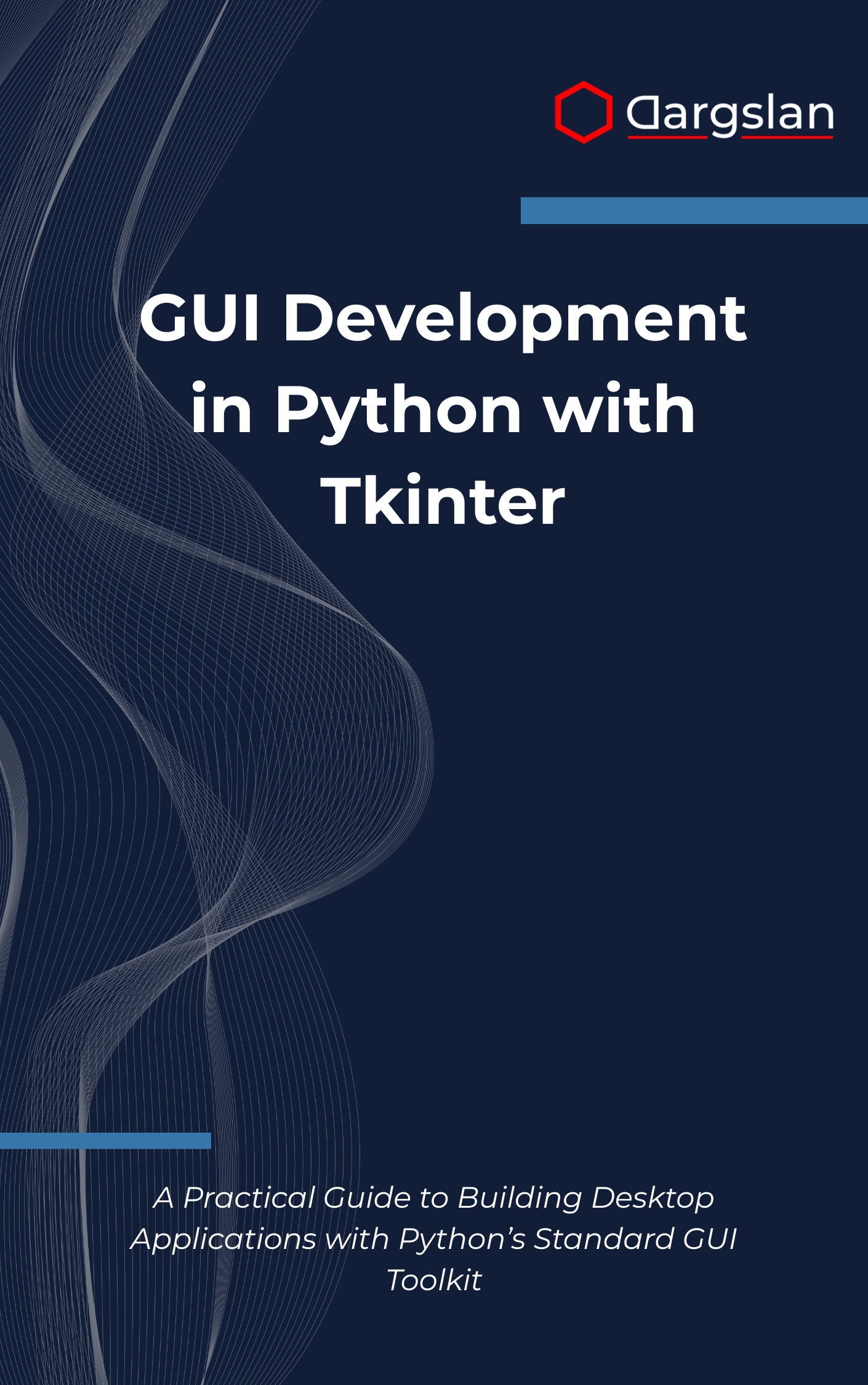Advanced Python Scripting for Admins
Object-Oriented Python Made Simple: Transform Your Python Skills,Master classes, inheritance, and OOP principles in Python with simple explanations.
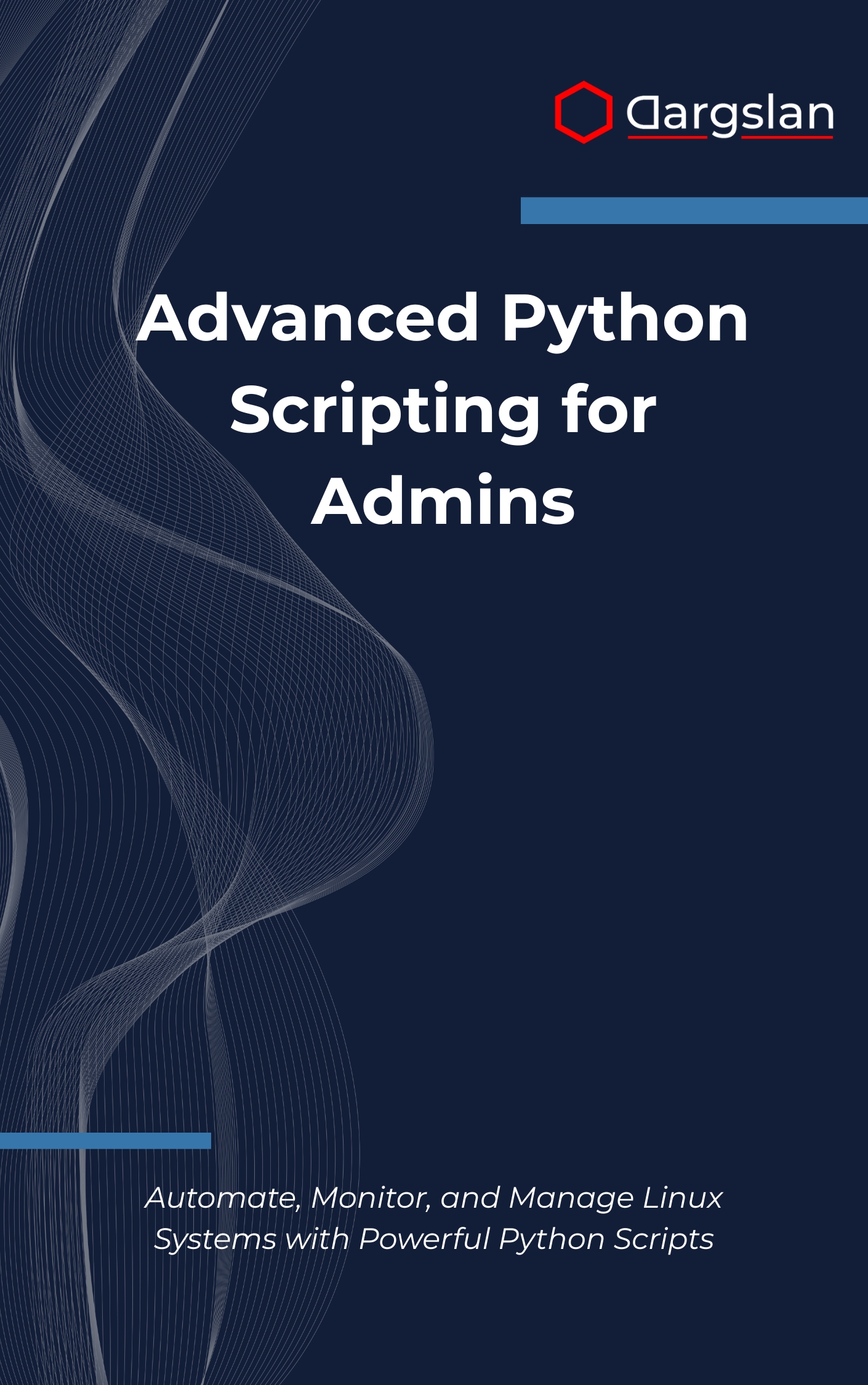
Ready to retire brittle shell scripts and replace them with clean, testable automation? This expert-crafted guide turns everyday administrative tasks into reliable Python workflows that save time, reduce outages, and scale with your infrastructure.
Whether you manage a handful of servers or a sprawling fleet, you’ll learn how to automate the right way—securely, observably, and with confidence—so you can focus on higher‑value engineering work.
Automate, Monitor, and Manage Linux Systems with Powerful Python Scripts
Overview
Advanced Python Scripting for Admins is the definitive IT book for Linux professionals who want a programming guide and technical book that goes beyond basics to deliver production-grade results. Built around the promise to Automate, Monitor, and Manage Linux Systems with Powerful Python Scripts, it teaches you how to use Python to solve real operational challenges with maintainable patterns and tested techniques.
Inside, you’ll master the Python subprocess module for safe command execution, elevate routine tasks with file system automation, streamline user and group management, and take control of services with system service control. You’ll schedule jobs with cron and scheduled task automation, perform SSH remote administration at scale, collect system monitoring and metrics, implement log parsing and alerting, and design robust backup automation and package management pipelines—all while building dependable REST API integration into your workflows.
Security and reliability are first-class concerns throughout, with dedicated coverage of secure scripting practices, administrative tool development, and disciplined debugging and troubleshooting. The result is a practical, enterprise-ready toolkit for Python-powered administration that’s as readable as it is repeatable.
Who This Book Is For
- Linux system administrators who want to replace fragile Bash one-liners with clean Python tools that are testable, reusable, and easier to maintain under change.
- DevOps and SRE practitioners aiming to standardize automation, improve observability, and integrate infrastructure tasks with CI/CD, APIs, and monitoring stacks.
- IT operations pros, power users, and aspiring admins motivated to level up from ad‑hoc scripts to professional automation that scales across teams and environments.
Key Lessons and Takeaways
- Build reliable automation with the Python subprocess module, structured error handling, and idempotent operations so scripts behave predictably across servers and distributions.
- Design end-to-end workflows that combine file system automation, user and group management, system service control, and cron scheduling to deliver hands-off operations.
- Implement observability by collecting system monitoring and metrics, performing log parsing and alerting, and integrating REST APIs, enabling faster diagnosis and recovery.
Why You’ll Love This Book
This guide is hands-on from the first chapter, with step-by-step walkthroughs, clear explanations, and production-minded patterns that mirror how real teams work. Rather than isolated snippets, you get complete, ready-to-adapt solutions informed by best practices in security, testing, and maintainability. Each topic is grounded in scenarios you actually face—provisioning users, hardening services, orchestrating backups, and troubleshooting live issues—so your learning translates directly to impact.
How to Get the Most Out of It
- Start with the core chapters on command execution, file operations, and services, then progress to SSH remote administration, scheduling, and monitoring before tackling APIs and advanced tooling.
- Practice in a safe lab: use containers or VMs to test scripts against multiple distros, collect logs for debugging and troubleshooting, and iterate with version control and CI.
- Reinforce your skills with mini‑projects: build a user onboarding tool; create a systemd-aware service manager; set up a cron-driven backup automation job with integrity checks; parse logs into alerts; and expose a simple REST API integration that reports server health.
Get Your Copy
Stop fighting fires with one-off commands and start building dependable automation that grows with your infrastructure. Your next deploy—and your future self—will thank you.

